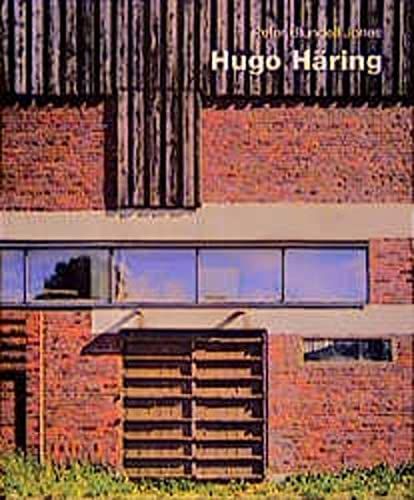
Hugo Häring The Organic Versus the Geometric
Although he has hitherto remained somewhat overlooked, Hugo Haring was a key figure of the Modern Movement, first as secretary of the Ring, the principal organisation for Modernists in the 1920s, and second as the main theorist for the Organic stream in German architecture. Trained at the Technische Hochschule Stuttgart under Theodor Fischer, Haring's career as a Modernist began when he moved to Berlin in 1921. There he was befriended by Ludwig Mies van der Rohe, whose office he was invited to share, and this became a centre of debate for the new direction in architecture. The two architects set up the Ring, which by 1926 included every German Modernist of note. Its members dominated the WeiBenhofsiedlung of 1927, for which Mies was artistic director, and its success also prepared the way for the CIAM congresses, which Haring attended as Ring representative. Despite their political collaboration, Haring and Mies pursued projects in increasingly opposed directions, clarifying each other's position by contrast. Mies pursued general solutions and repeated types, advocating rational construction and flexibility of use, while Haring sought the utmost specificity to function and place -- which meant that each building, even each element of a building, deserved to develop its own individual form. The key example was Gut Garkau near Lubeck of 1924/25, with its cowshed of a pear shaped plan devised around the requirements and rituals of farming.